Planning to inoculate mushroom logs? You’ve come to the right place. We listed the basic steps to help you get started.
RELATED: Easy Guide To Growing Mushrooms At Home
Easy Steps to Inoculate Mushroom Logs For Your Homestead
What You’ll Need
- Log
- Basin
- Drill
- Hammer
- Washcloth
- 5/16 inch drill bit
- Mushroom spawn dowels
- Paintbrush
- Plastic tags
- Pen
- Sprinkler
- Cheese wax
- Cooking pot
Preparing the Mushroom Logs
Step 1: Select Logs
The first step is to gather some logs from healthy trees with medium-thick bark. Oaks are usually the best option, along with the following:
- Ironwood
- Hard maple
- Sweetgum
- Hornbeam
- Black Walnut
- Red Oak
Remember to avoid softwoods like the following, as these trees can contain fungicidal resins:
- Apple
- Pine
- Cedar
- Fir
- Osage Orange
- Black Locust
Plugging the logs should take place the sooner the better, or at most, within two months from the date the tree was felled. The best time of the year to cut some logs towards the end of winter, when spring is about to begin. During this time, trees are completely dormant. Alternatively, you can also cut down logs during fall, after the leaves have turned brown.
Always remember to keep the bark undamaged and intact. And, keep the logs clean and stack them on a crate.
Step 2: Drill the Logs
View this post on Instagram
Drill holes starting two inches from the ends of the logs. Leave some spaces of approximately six inches between the holes. Each hole should at least be three inches apart.
You can use a 5/16 inch drill bit for plug spawn and drill the holes around 1 ¼ inch deep. But if you are using a sawdust spawn for inoculation, you can use a 7/16 inch drill bit instead create holes that are ½ inch deep.
Then, insert sawdust into the drilled holes using an inoculation plunger. When you’re done inoculating the drilled holes with either your plug or sawdust, apply soy or beeswax. Spread some wax on the opposite ends of the mushroom logs, and on the areas where the bark is damaged.
As a general rule, for every inch of the mushroom logs’ diameter, you can get around a year of mushroom production.
Step 3: Soak the Logs
After you plug with a spawn, soak the drilled logs immediately and let them stay for around 12 to 24 hours. But if your logs are less than ten days old, this step is not anymore necessary.
To store the logs, stack them criss-cross in full shade, off the ground. Keep them in a place that has access to water. It’s better to keep them outdoors, so don’t cover them.
Step 4: Spawn Run on the Mushroom Logs
View this post on Instagram
The spawn run takes place around four months to two years, depending on what wood type and mushroom species you choose. Remember, be patient and keep your mushroom logs hydrated.
You would know that the spawn run is nearly done when the ends of the mushroom logs are already turning white with mycelium after being soaked in the rain. When this happens, you can already force your logs to the fruit by soaking them for about a whole day.
Over time, you will notice that the mushroom logs will lose some weight. This is because during the mushroom log inoculation, the fungus will eat the cellulose in the log and converts it into mushrooms.
Tip: Always provide shade. The north side of your homestead is an excellent place. You can store them under the trees or bushes.
It should look like this:
View this post on Instagram
RELATED: Mouth-Watering Oyster Mushroom Recipes
Tips on Inoculating Mushroom Logs According to Mushroom Species
Here are some tips on inoculating mushroom logs according to species.
1. Chicken of the Woods Mushroom
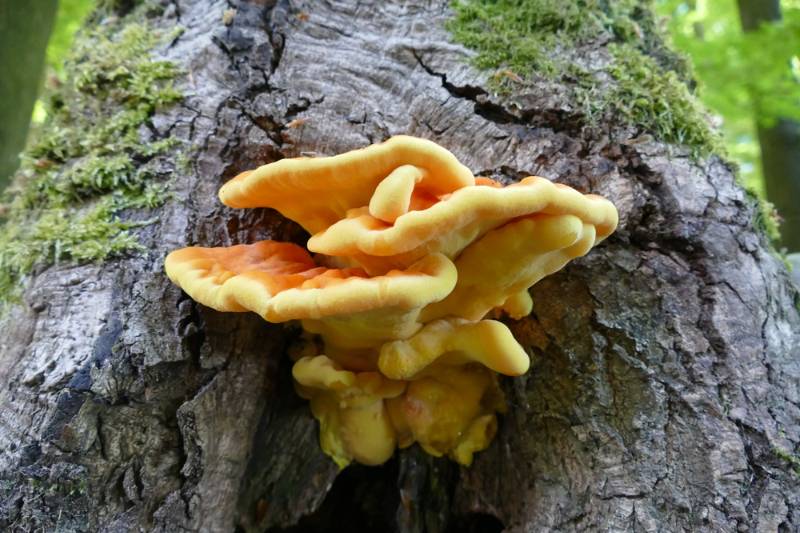
This mushroom type is recommended for whole larger or larger stump logs since these can be dropped or plugged to maximize efficiency. Also, larger logs can bear bigger fruitlings!
The best tree species for this type of mushroom would be any hardwood and softwood, except for locust trees.
2. Lion’s Mane Mushroom
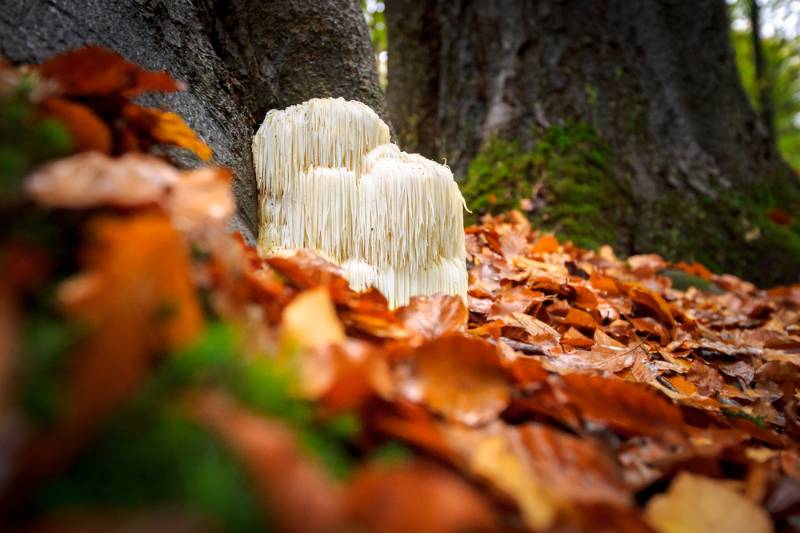
Watch out, this type of mushroom will really test your patience! Depending on the wood that you use, Lion’s Mane mushrooms can take about one to three years before it starts producing.
To maximize its fruiting, use mushroom logs that are at least 10 inches in diameter. You can also partially bury the logs for the best results.
Some examples of the best tree species for this type of mushroom would be oak, chestnut, tulip poplar, and maple.
3. Maitake Mushroom
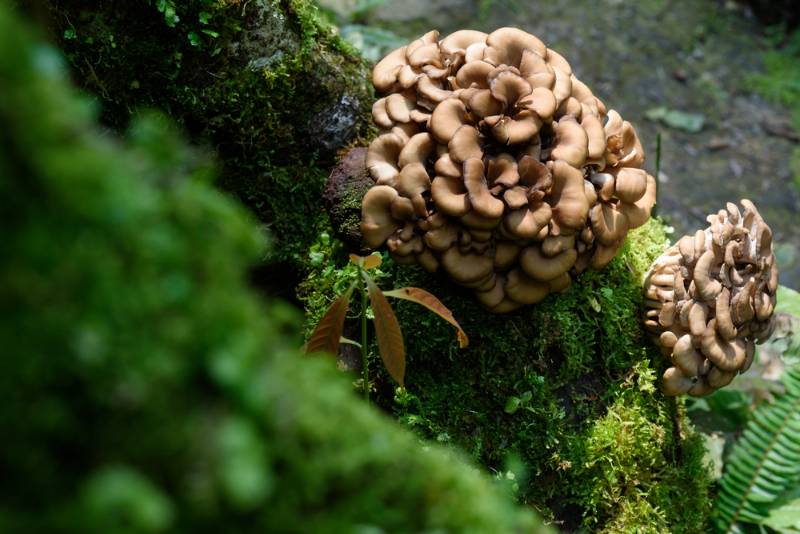
For this species, you should plug larger logs and partially bury them horizontally. Meanwhile, the stumps should be buried vertically. The best tree species for Maitake would be oakwood trees.
4. Nameko Mushroom
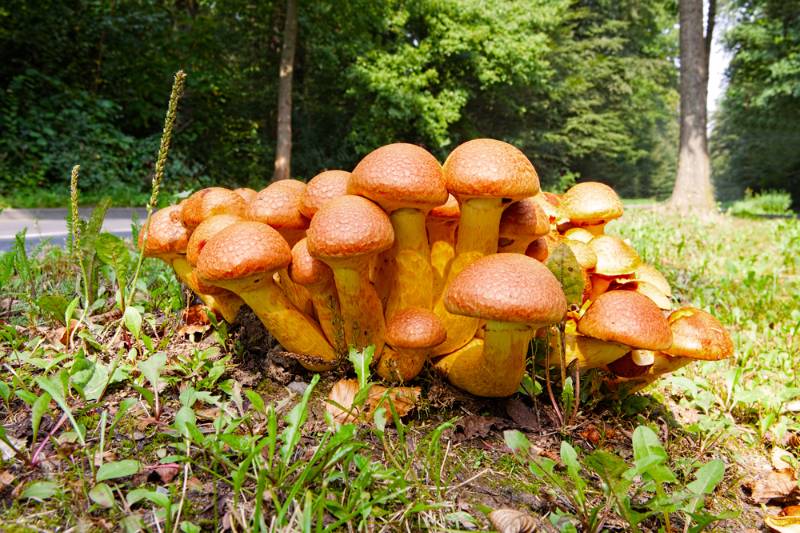
This mushroom species needs to be cultivated raft style. Nameko mushrooms grow poorly on vertical mushroom logs, so make sure that you expose its leader roots and inoculate them as soon as possible. Both hardwood and softwood types of trees work well with Nameko mushrooms.
5. Oyster Mushroom
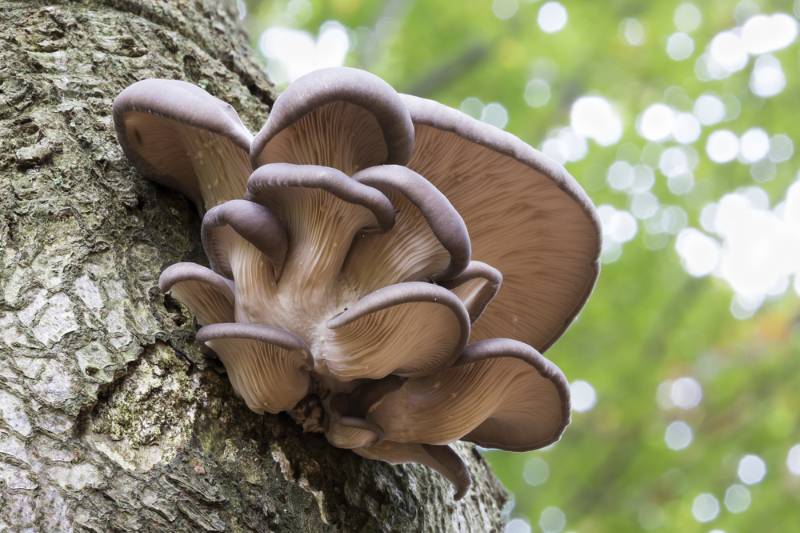
To get the best results, cultivate oyster mushrooms on logs that are at least 4 inches in diameter. You can inoculate bigger logs totem style, or using stumps. Some of the most successful tree species for oyster mushrooms are maple, willow, and tulip poplar.
6. Pioppini (Black Poplar) Mushroom
View this post on Instagram
This species needs to be cultivated into stumps or using raft style. They also grow poorly on vertical logs. So, expose their leader roots and inoculate them as soon as possible. You can use any hardwood or softwood tree species to grow Pioppini mushrooms. You can try it on maple, wide cherry, and oak logs.
7. Reishi Mushroom
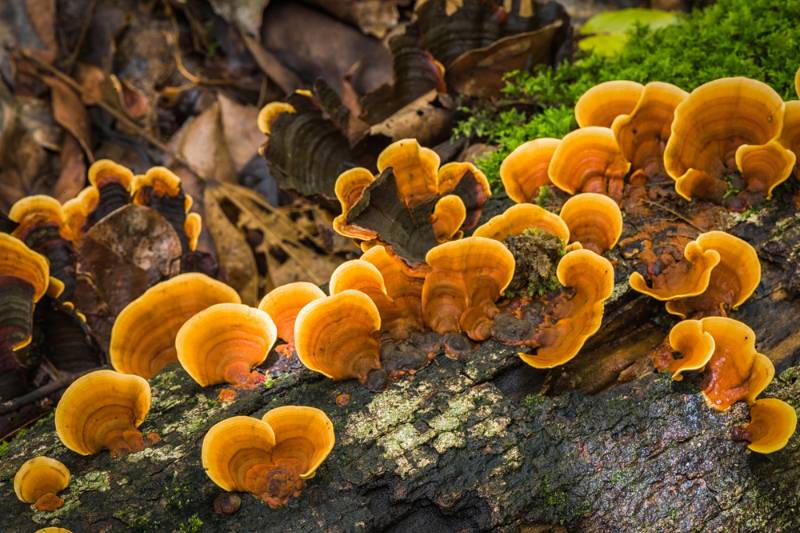
To grow Reishi mushrooms, use logs that are partially buried, either horizontally or vertically. You can also bury some sections of your mushroom logs in planters using potting soil. These mushrooms grow well on a variety of woods, whether hardwood or softwood.
8. Shiitake Mushroom
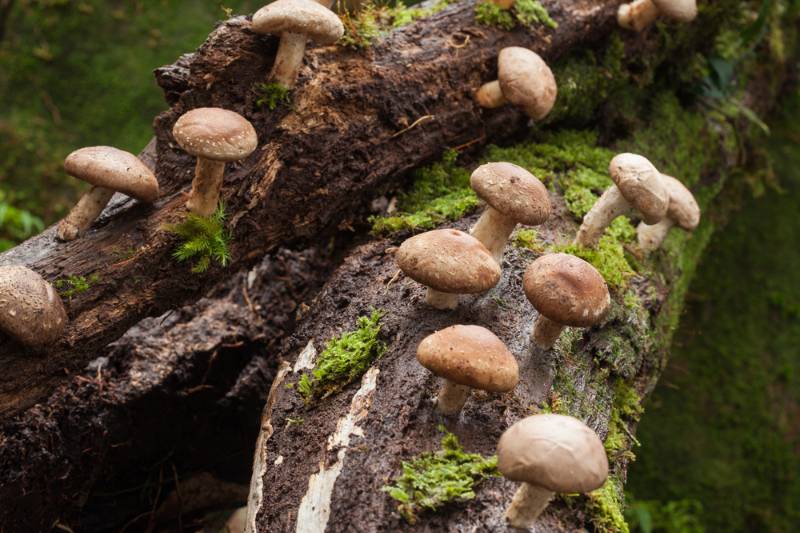
This type of mushrooms is best arranged vertically. You can also stack them in a log cabin style. You can put the mushroom logs on pallets, stones, or blocks to avoid slugs. Shitake mushroom logs also grow faster when you strike its ends to trigger a flush.
To do this, strike each end of the mushroom logs using a mallet or a baseball bat after soaking. Be careful and make sure you don’t damage its bark. Meanwhile, the best tree species for Shitake mushrooms would be the following:
- Oakwood
- Black birch
- American beech
- Wild cherry
- Sweetgum
- Alder
- Paper birch
For a complete inoculation walkthrough, watch this informative YouTube video by North Shore:
Growing mushrooms on logs may seem intimidating at first, given that you cautiously have to match mushroom types with the best tree species. But as long as you do some research, prepare the logs properly, and follow our tips above, you’d surely grow your own mushrooms in no time.
What types of mushrooms do you grow in your homestead? Share your tips in the comments below!
Up Next::
- Easy Guide To Growing Mushrooms At Home
- 31 Easy Foil-Wrapped Camping Recipes For Outdoor Meals
- How To Raise Ducks For Eggs | 10 Tips & Tricks
Fellow homesteaders, do you want to help others learn from your journey by becoming one of our original contributors? Write for us!

Leave a Reply